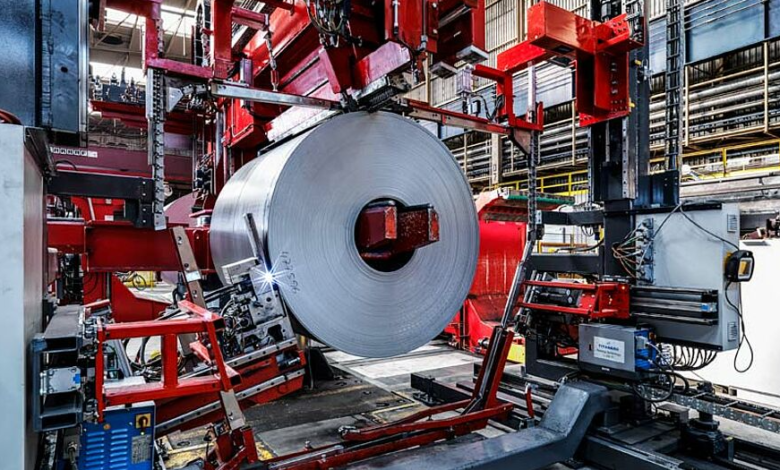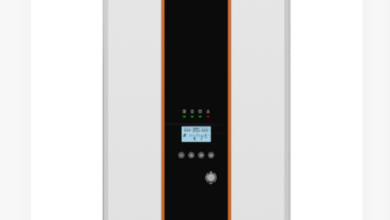Flexible Rod Belt Design Innovations for High-Speed Packaging Lines

High-speed packaging lines demand precision, efficiency, and adaptability. As consumer expectations rise and production cycles shorten, manufacturers are under pressure to deliver consistent throughput without compromising on quality or hygiene. Conveyor technology plays a central role in this ecosystem, and among the most innovative components emerging in recent years is the Flexible Rod Belt.
These belts, made from interwoven wires and flexible rods, have evolved to meet the dynamic needs of industries ranging from snack food and bakery to pharmaceutical and consumer goods. Below, we explore how design innovations in flexible rod belts are enabling smoother, faster, and more reliable packaging line performance.
1. Accommodating Tight Transfers Without Product Damage
In high-speed packaging, transitions between conveyor sections must be seamless to avoid product tipping, bouncing, or misalignment. Traditional belts often struggle with small transfer points, especially for lightweight or unstable items.
This allows the belt to wrap around tighter radii, ensuring smooth product transfers with minimal gaps. These innovations reduce product loss and improve packaging accuracy, particularly when handling items like snack pouches, small bakery products, or blister packs.
2. Lightweight Construction for Energy Efficiency
Modern flexible rod belts are being engineered with an optimized wire profile to reduce belt mass while maintaining structural integrity. Lighter belts require less energy to operate, which lowers motor load and energy consumption over time.
This is especially important in fast-moving packaging environments, where belts are expected to run continuously at high speeds. Lower belt weight also translates to reduced wear on conveyor components like sprockets and shafts, resulting in longer system life and lower maintenance demands.
3. Open Mesh Design Enhancing Cooling and Drying
Many packaging lines, particularly in the food and baked goods sector, integrate cooling or drying stages within the production line. Flexible rod belt with open mesh structures allow airflow from multiple directions, helping to dissipate heat or moisture quickly and uniformly.
Recent design improvements have focused on achieving a balance between openness and product support. These belts provide sufficient ventilation without compromising product stability—important for delicate items that need cooling before packaging, such as chocolate bars, cookies, or bread.
4. Advanced Materials for Cleanability and Sanitation
Sanitation is a key challenge in packaging lines, especially in regulated sectors like food and pharmaceuticals. Flexible rod belts are now being manufactured with stainless steel grades that resist corrosion and bacterial growth, making them ideal for washdown environments.
In addition, newer designs prioritize minimal contact points and smoother wire finishes. These elements reduce areas where debris can accumulate and simplify the cleaning process. Operators benefit from faster changeovers and easier compliance with hygiene standards.
5. Custom Configurations for Specialized Applications
Not all packaging lines are built the same. Some products require delicate handling, while others demand fast indexing or tight turns. Design innovation in flexible rod belts now allows for greater customization in belt width, rod pitch, wire diameter, and belt edge type.
For example, belts with multiple rows of tracking links or reinforced edges can handle heavier loads or more aggressive movement without deforming. Custom edge treatments also allow belts to integrate more easily with packaging machinery, including counters, diverters, and robotic pick-and-place arms.
6. Improved Tracking and Belt Stability
Misaligned belts can cause stoppages, damage products, or disrupt flow. To address this, the latest flexible rod belt designs include reinforced edge construction, optimized rod-to-wire connections, and improved sprocket engagement.
These design upgrades help the belt maintain lateral stability, even under high loads or during directional changes. As a result, operations can run at higher speeds with reduced risk of misalignment, slippage, or downtime.
7. Reduced Maintenance and Faster Belt Replacement
High-speed packaging environments demand minimal downtime, and flexible rod belts are evolving to meet this need. Some newer belt models feature modular or quick-release designs that allow sections to be removed or replaced without disassembling the entire conveyor.
Additionally, wear-resistant materials and engineered wire profiles contribute to longer belt life, which helps reduce overall maintenance cycles and the total cost of ownership.
Industry Applications
Food and Snack Packaging: From cookies and crackers to granola bars, flexible rod belts provide the open structure needed for cooling while supporting lightweight packaging formats.
Pharmaceuticals: These belts offer precise product handling and are compatible with stainless steel sanitization requirements.
Frozen and Ready-to-Eat Foods: Belts handle temperature extremes well and can interface with weighing, sealing, and freezing equipment without deforming or jamming.
Consumer Goods: Their versatility makes flexible rod belts suitable for packaging items like soap bars, cosmetics, or electronic components.
Conclusion
As packaging lines evolve to meet the demands of speed, accuracy, and hygiene, conveyor technology must advance in parallel. The Wire Belt Company has been at the forefront of this innovation, developing Flexible Rod Belt solutions that combine open design, customizable features, and high-performance materials.
By addressing key challenges like tight transfers, energy efficiency, sanitation, and maintenance, flexible rod belts are becoming an essential component in modern packaging systems. As a recognized leader in this field, Wirebelt continues to deliver belt solutions that help manufacturers boost efficiency, adapt to changing production needs, and maintain quality from start to finish.



